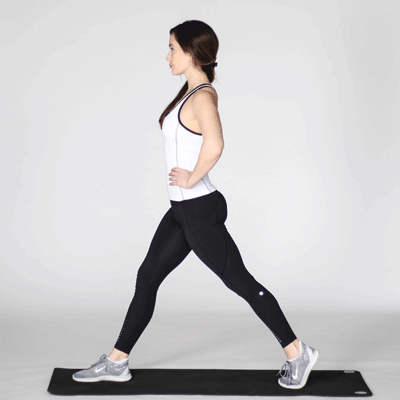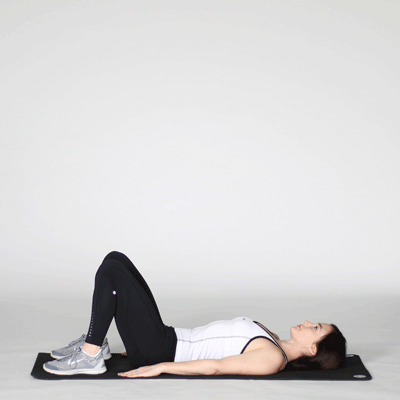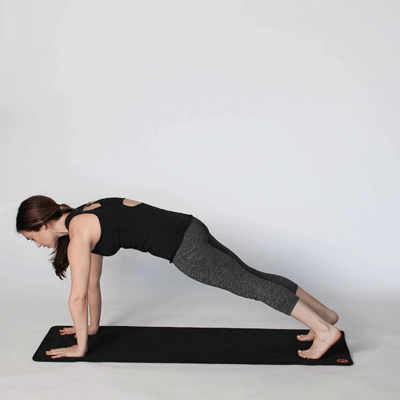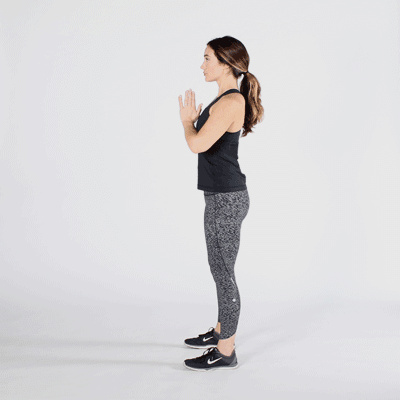Many of us have wished to be taller, or to have longer legs, at some point in our lives. Unfortunately, it’s not possible to get longer legs once you stop growing.
Around 80 percent of a person’s height is determined by their genes. The other 20 percent is determined by a mix of environmental factors, such as childhood nutrition and your mother’s health during pregnancy.
These factors influence your total height, and how long your limbs are, and are set in the womb or during childhood.
Although you can’t actually make your legs longer, you can make them appear at least a little bit longer by strengthening and toning your leg muscles.
Stretches and other exercises that tone your muscles can help your legs look longer. They also can bring your legs to their full, genetically determined length by counteracting the effects of gravity and lifestyle.
Some exercises that can help your legs look longer include:
Lunges
There are several different types of lunges you can do to make your legs look longer.
These variations target all your leg muscles, improving stability and strength. They also tone these muscles, which helps them look longer.
The first variation is a standard lunge. To do standard lunges:
- Stand with your feet together.
- Step forward with one foot.
- Bend both knees to a 90-degree angle, or as close to it as you can. Don’t go any further than 90 degrees, as this can hurt your knees. Keep your torso upright when bending your knees.
- Hold this position for several seconds.
- Push off your front leg and return to your starting position.
- Repeat, alternating legs.
Other types of lunges use the same general structure as a standard lunge, with slight variations. These include:
- Instead of stepping forward in a straight line, step your front leg forward at a 45-degree angle, then bend both knees as above.
- Step to one side instead of forward. Put your weight on the leg you stepped to the side, and only bend that leg. The other leg should remain straight. This tones your thighs more than a standard lunge.
- Instead of stepping forward, step backward with one leg, then perform a standard lunge. This is a helpful variation if you have a hard time keeping your balance in a standard lunge.
- Instead of moving your front leg back to your starting position after lunging, move your back leg forward, in front of the leg that’s currently in front. This is a walking lunge.
Bridges
Bridges stretch and tone your quads (thighs), glutes, and hip flexors. This improves your hip flexibility and can also make your thighs look longer.
- Lie on your back with your knees bent in front of you. Your feet should be flat on the floor.
- Push your feet into the floor while raising your hips into the air. Your back should come off the floor.
- Hold for several seconds.
- Release and repeat.
Hamstring stretch
Increasing your hamstring flexibility through stretching helps your hamstrings reach their maximum length, which makes your legs look longer. There are two main ways to do a hamstring stretch.
For a seated stretch:
- Sit upright on the floor with your legs out straight in front of you.
- Fold forward over your legs and reach your arms as far as they can go toward your feet, until you feel a stretch in the back of your thighs.
- Grab your feet if you can. If you can’t, grab whatever part of your leg you can reach without pain and with straight legs.
- Hold for as long as you want, then release.
For a raised leg stretch:
- Lie on your back with your legs straight out.
- Grab one leg wherever you can reach, and raise it up into the air.
- Pull the leg toward your chest as far you can while keeping your leg straight.
- You can also do a passive version of this stretch, in which someone else pushes your raised leg toward your chest.
Downward dog
If you’ve ever taken a yoga class, you’re probably familiar with downward dog.
- Kneel on the floor or a mat.
- Put your hands on the floor in front of you.
- Extend your legs out behind you, bringing yourself to a pushup position.
- Push your hips upward and backward while keeping your arms, legs, and torso straight. You should end up in a “V” shape, with your head between your shoulders.
- Hold, then return to the pushup position while holding your body as straight as possible straight.
Squats
Squats are a great way to tone your entire leg, especially your thighs.
- Stand upright with your feet shoulder-width apart.
- Stiffen your core to help your back stay straight.
- Bend your knees while pushing your hips behind you. Make sure that your knees don’t go past your toes and that your weight is on your heels.
- Keep moving down and back until your thighs are as close to parallel to the ground as you can go.
- Hold, then rise and repeat.
You can use your body weight or add weights to make this exercise harder.
Athletic activities can make your legs look longer by making them leaner. Cardio exercise is a great way to burn fat and make your legs look longer. Any type of cardio will burn fat throughout your whole body and create this effect.
However, cardio exercises that work your legs will increase this effect by burning fat while toning muscle. You can try walking, running, or swimming to make your legs more toned.
Inversion tables are tables where you strap yourself onto the top, then turn the table upside down. This stretches the muscles and ligaments around your spine.
Some evidence suggests that this can increase the space between your vertebrae, but this isn’t proven. Because of how an inversion table stretches your muscles, some people believe it can lead to more length in your spine and legs and make you taller.
An inversion table can give short-term benefits, such as temporarily relieving back pain. It can also help temporarily bring you up to your full height by stretching muscles that may be tight from sitting or certain types of physical activity.
However, an inversion table can’t make you taller than your full height, or make your legs longer than their normal length.
Using an inversion table, especially for longer than a few minutes, can be dangerous. Inversion tables raise your blood pressure, lower your heart rate, and increase the pressure in your eyes.
You shouldn’t use one if you have high blood pressure, heart disease, or glaucoma or other eye diseases.
There is a type of surgery that can lengthen your legs, but it’s complex and comes with many risks. This surgery is usually only done in children whose legs are significantly different lengths.
This type of surgery involves cutting the bone and placing metal pins or screws in it. A device called an external fixator is fastened to the pins and used to slowly pull the cut bone apart over many months. The gap between the areas of bone will fill in with new bone.
It can take up to a year after leg-lengthening surgery for healing to be complete.
During puberty, your growth speeds up. Your bones grow during this time around the growth plates, which — as the name suggests — are the areas where new bone grows.
Different parts of your body grow at different times during puberty. Your arms and legs are some of the last body parts to stop growing.
At the end of puberty, growth plates fuse closed and you completely stop growing. Once the growth plates fuse, there’s no way for bones to naturally get longer. Therefore, your legs can’t grow after puberty.
Once puberty ends, your growth stops and it’s impossible to get longer legs. However, with exercise and stretching, you can tone your legs and make them look longer.





